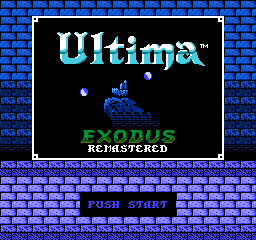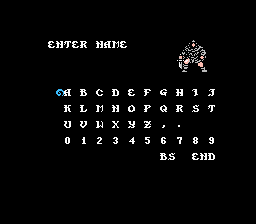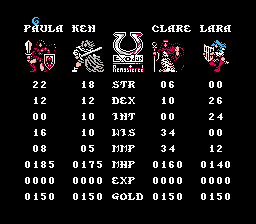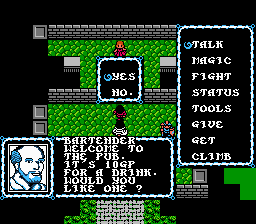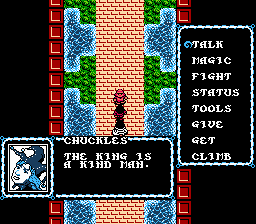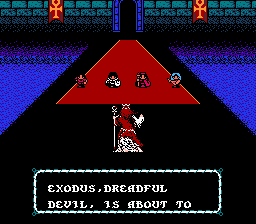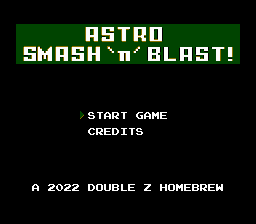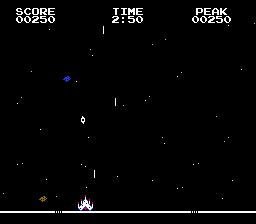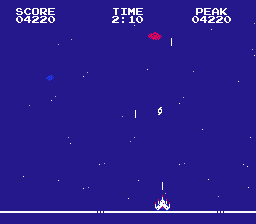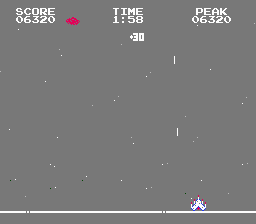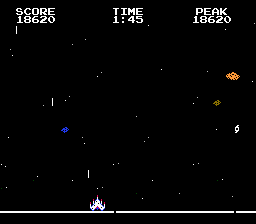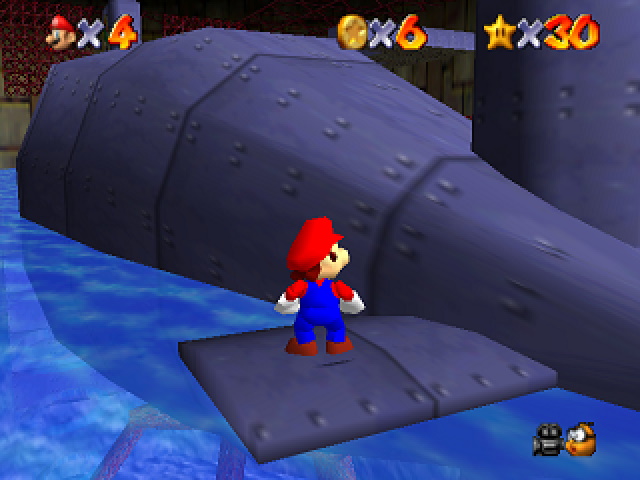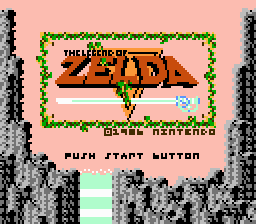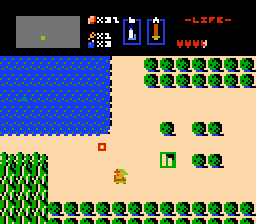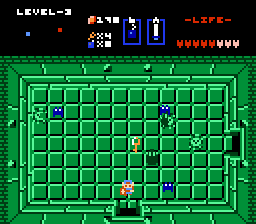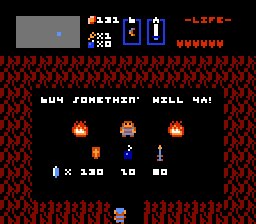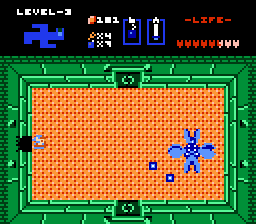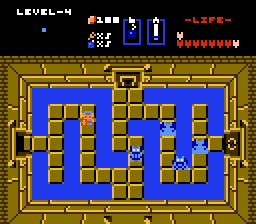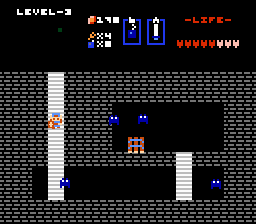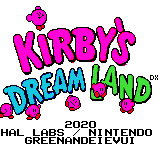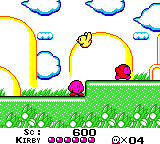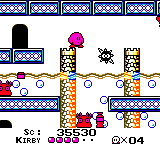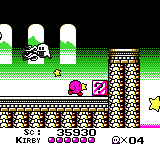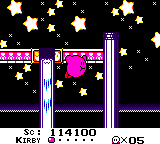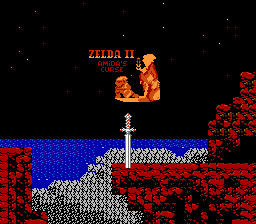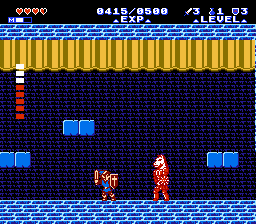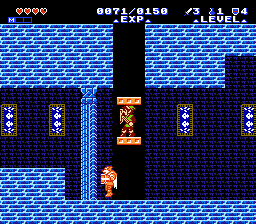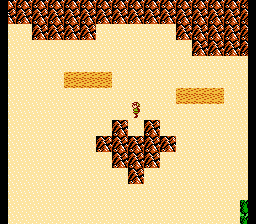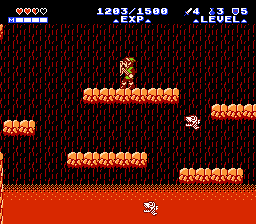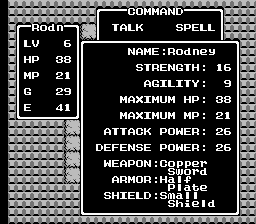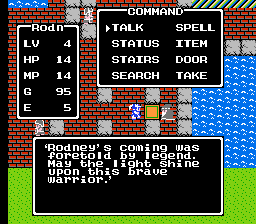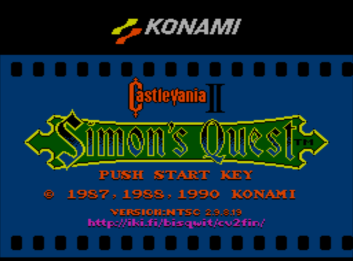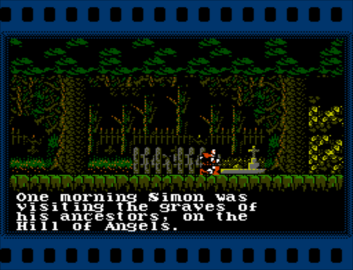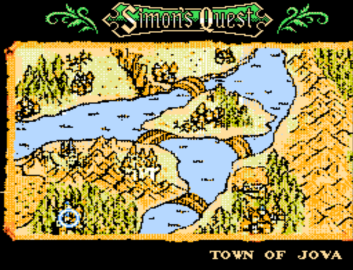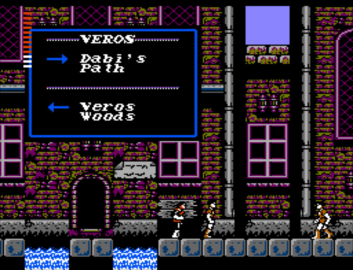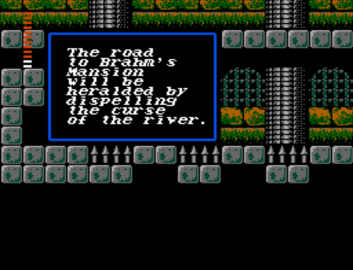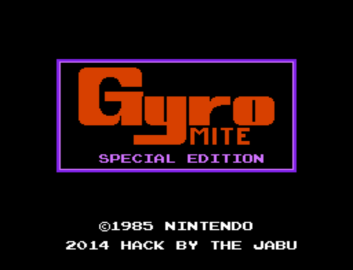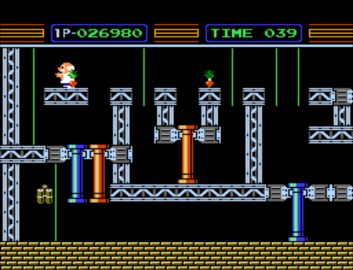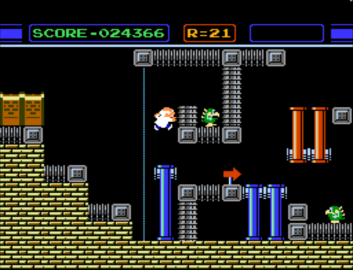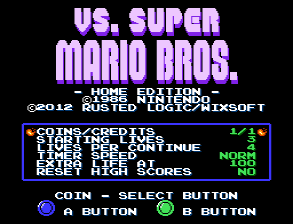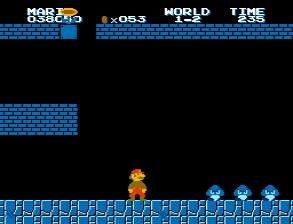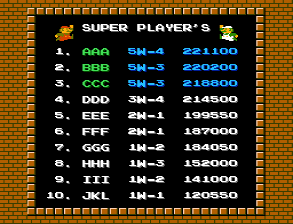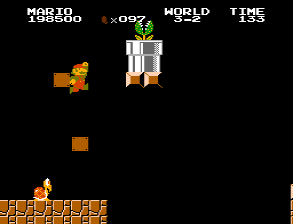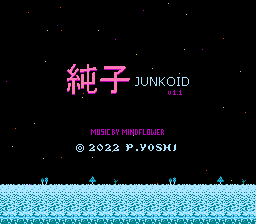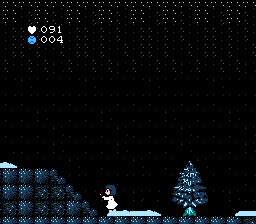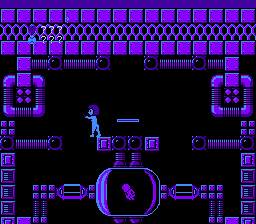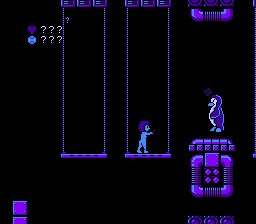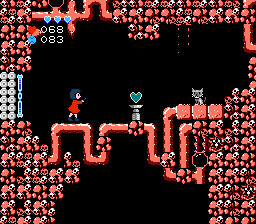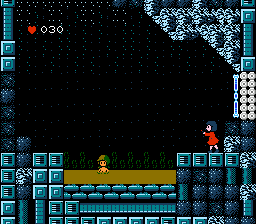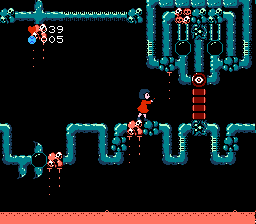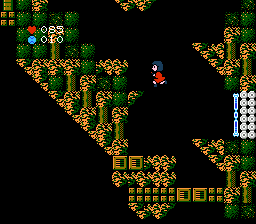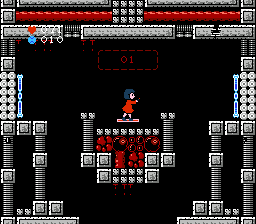
On Romhack Thursdays, we bring you interesting finds from the world of game modifications.
What is the ultimate fate of the library of the NES? Right now a lot of people who played it in their childhood are still around. We won’t be around forever. Once we’re all gone, or even mostly, will anyone still care about them?
I don’t believe that game design goes obsolete, but novelty is a big driver of game enjoyment, and what was once popular can fuel a nostalgic appreciation. Once both of those things are gone, will NES games be able to win new generations of players to their side?
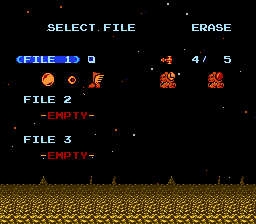
I think there is reason to be hopeful in this area. After all, lots of speedrunners are focused on these games, and many of them are fairly young, not even having been born yet when the NES was new and Nintendo Power was in print. Still, there are some games that are a bit player unfriendly, viewed through modern eyes, and one of them is Metroid.
The original Metroid is a difficult game to enjoy now. It’s got a gigantic game world for a NES game, but no mapping option at all. To win the player must explore, find a lot of items necessary to winning, probably find some more that make winning viable to a non-expert, and fight countless monsters that can very quickly end the player’s session. While the player can continue as many times as they wish, they always resume at the entrance to the area they were in with only 30 health, so to survive long enough to resume their explorations they usually must spend a lot of time grinding for energy balls, a process that can take quite a lot of time.
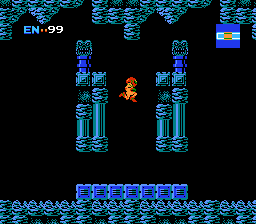
Nintendo generally doesn’t remake their older games, except occasionally with graphic upgrades, such as with Super Mario All Stars. The gameplay, however, they leave alone. But they did remake Metroid, as Metroid Zero Mission, which added a lot of the later niceties that Super Metroid introduced, has a much more logical game progression, and even has an expanded end game. It seems to indicate that even Nintendo thinks Metroid is a bit hard to get into.
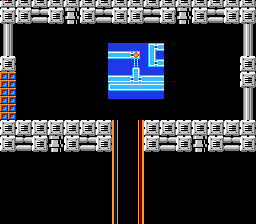
There is a whole genre of romhacks devoted to fixing the more unfriendly aspects of older games, and one of the most successful of these hacks, in my opinion, is snarfblam’s Metroid + Saving. It’s recently gotten an unofficial update by SimplyDanny, which is slightly friendlier, but both are substantially more playable games to people who aren’t inured to classic Nintendo difficulty.
The first thing it does is get rid of passwords. People playing with savestates may not care, but there is a lot to be said for approaching these games as they were intended by their original makers. And Metroid’s first release, on the Famicom Disk System, did have save files! So the save functionality (if you’re playing on an emulator or supporting flash cart) isn’t a revision, it’s more of a restoration. You lose the JUSTIN BAILEY password, but it’s not like the original game isn’t still out there.
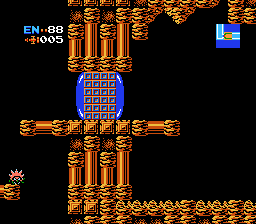
But Metroid + Saving has a lot more going for it than just that. It has a map! In the original it appears when you pause, but SimplyDanny’s version also puts a small map inset in the upper-right corner of the screen. It’s not the first classic Metroid hack to add a map (that might be Parasyte’s Metroid Automap patch), but its inclusion here is well taken. It’s hard to express how helpful a map function is to new Metroid players. It changes the nature of the game, keeping a lot of its challenge, but reducing the frustration, and also helpfully providing hints as to where secret passages may lie.
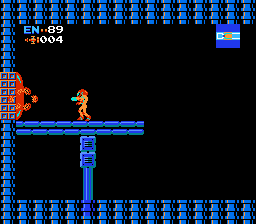
The new unofficial addition also restores all your energy when you begin a new session, makes random health and missile drops more common, and makes the game subtly easier in a few other ways. The Ice Beam has been strengthened considerably, a change I don’t agree with (it seems too powerful now), but it does greatly reduce the number of shots you must pump into late game enemies.
If you tried out Metroid before and found it its diamond-hard surface too difficult to break, you should give this version a try. It’s still challenging, oh yes, but a lot more accommodating to newbies. It is a version of Metroid for the ages.
Metroid + Saving 0.3, made by snarfblam
Metroid + Saving 0.5.2, modified by SimplyDanny

